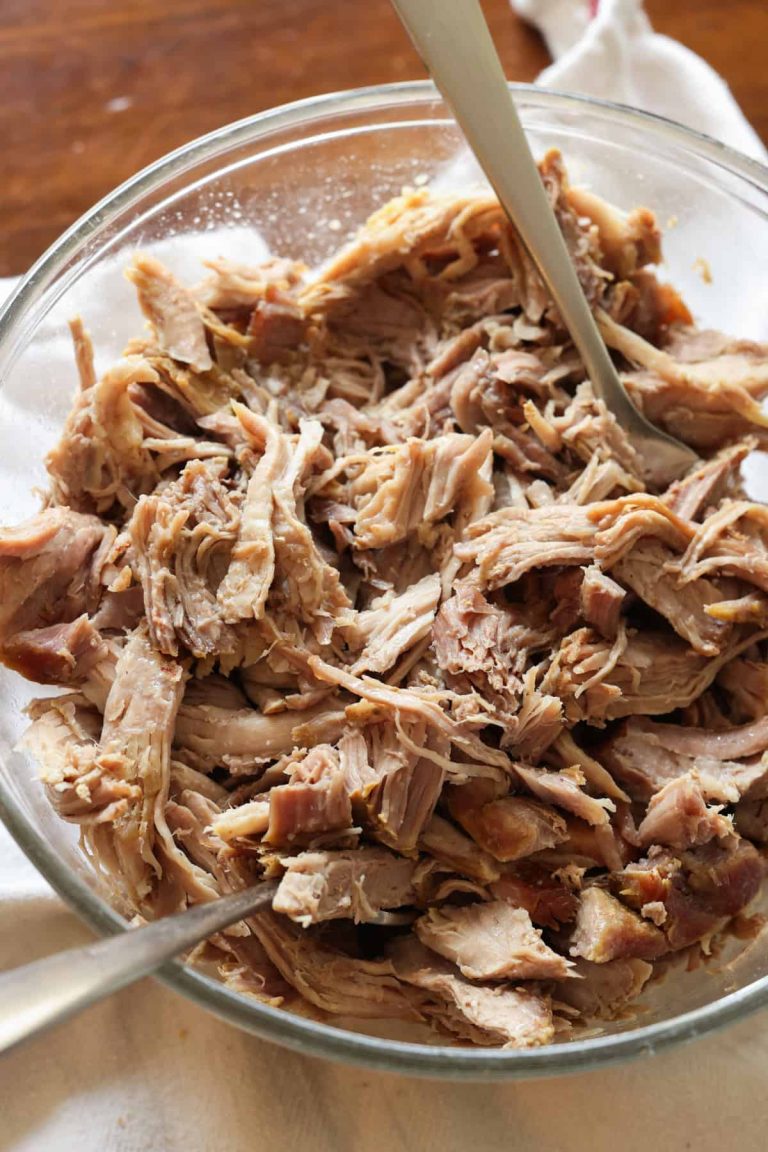Homemade Chili in a Can: Easy, Healthy, and Flavorful Recipe Guide
Homemade chili in a can combines the comfort of homemade chili with the convenience of a pre-packaged meal. You create the chili from fresh ingredients like ground meat, beans, tomatoes, and spices, then preserve it in airtight cans or jars. This method allows you to store a ready-to-eat meal in your pantry without compromising on taste or quality.
How it Differs From Store-Bought Variants
Store-bought chili often contains preservatives and artificial flavors to extend shelf life and enhance taste. Homemade versions, however, rely on natural ingredients, which results in a healthier meal. You also control the spice levels and ingredient quality, catering to personal dietary preferences or restrictions. Moreover, homemade chili tends to have a richer, more robust flavor due to the absence of fillers and enhancers commonly found in commercial options.
Benefits of Making Your Own Chili
Making your own chili offers several advantages:
- Healthier Ingredients: Use fresh produce and avoid additives.
- Customizable Flavors: Adjust spices and main ingredients to suit your taste.
- Cost-Effective: Buy bulk ingredients, reducing the cost per serving.
- Convenience: Store jars in the pantry for quick, easy meals.
Basic Ingredients for Homemade Chili
Essential components for a homemade chili include:
- Protein: Ground beef, turkey, or plant-based alternatives.
- Beans: Kidney, black, or pinto beans.
- Tomatoes: Diced tomatoes, tomato paste, or canned tomatoes.
- Spices: Chili powder, cumin, paprika, salt, and pepper.
- Extras: Onions, garlic, bell peppers, and jalapeños for added flavor.
- Preparation: Cook your chili using preferred ingredients.
- Sterilization: Sanitize jars and lids to prevent contamination.
- Filling: Fill jars with chili, leaving appropriate headspace.
- Sealing: Apply lids securely, ensuring they are airtight.
- Processing: Use a pressure canner to process jars, which ensures a safe, long-lasting seal.
These steps ensure you preserve the flavor and safety of your homemade chili, making it ready for consumption at any time.
Key Ingredients in Homemade Chili in a Can
Meats Used in Chili
Ground beef remains a popular choice for homemade chili due to its rich flavor and texture. Consider using lean ground beef (90% lean) to maintain flavor while reducing fat content. For a different taste profile, mix ground beef with ground pork, which adds a slight sweetness.
Shredded chicken or turkey can also be used for a leaner option. When using these meats, cook them thoroughly before adding them to your chili.
Spices That Make It Unique
Chili powder forms the base of the spice mix in most recipes. Choose a high-quality chili powder to ensure deep flavor. Cumin adds an earthy tone, while paprika provides a subtle smokiness.
For heat, include cayenne pepper or crushed red pepper flakes. Adjust the quantity based on your preferred spice level.
Garlic powder, onion powder, and oregano enhance overall flavor complexity. Using fresh additions like minced garlic or chopped onions can also elevate the chili’s taste.
Ensure each spice is well-measured, as over-spicing can overwhelm the dish.
Step-by-Step Recipe for Making Homemade Chili in a Can
Preparing Your Ingredients
Select high-quality ingredients to boost flavor and nutrition. Use meats like ground beef, ground pork, shredded chicken, or turkey. Chop fresh vegetables such as onions, bell peppers, and garlic. Measure spices precisely: chili powder, cumin, paprika, cayenne pepper, garlic powder, onion powder, and oregano. Gather cans of beans, tomatoes, and broth for a consistent base. Ensure all items are ready before starting the cooking process.
Cooking and Canning Process
Cook meat thoroughly in a large pot until no longer pink. Remove excess fat. Add chopped onions, bell peppers, and garlic, then sauté until softened. Stir in canned tomatoes, beans, and broth. Mix well and bring to a simmer. Add measured spices gradually, tasting frequently to adjust levels. Simmer for an hour, stirring occasionally.
Sterilize canning jars in boiling water for 10 minutes. Fill jars with hot chili, leaving 1-inch headspace. Wipe jar rims clean, place lids, and adjust screw bands. Process jars in a pressure canner at 10 PSI for 75 minutes. Allow jars to cool before checking seals. Properly sealed jars store safely for up to one year.
Benefits of Making Your Own Chili
Health Considerations
Making your own chili ensures you control the ingredients, avoiding preservatives and artificial additives found in store-bought options. Fresh ingredients like tomatoes, onions, and beans provide essential vitamins, minerals, and fiber. By using lean meats and controlling fat content, you create a healthier meal. Opting for reduced-sodium broths and seasonings further lowers sodium intake, promoting better heart health.
Cost Effectiveness
Homemade chili can be much cheaper per serving compared to pre-packaged varieties. Bulk buying ingredients like beans, seasonings, and meat allows for savings over time. Utilizing pantry staples reduces the need for costly, single-use items. Making large batches of chili enables cost-effective meal prepping, reducing food waste and grocery bills.
Conclusion
Making homemade chili in a can not only provides a quick and delicious meal but also offers numerous benefits. You get to enjoy a healthier, more customizable dish without the preservatives and artificial additives found in store-bought options. By carefully selecting high-quality ingredients and mastering the right spice combinations, you can create a chili that’s both flavorful and nutritious.
Additionally, the cost-effectiveness of homemade chili makes it an excellent choice for meal prepping and reducing food waste. With a bit of effort, you can enjoy the convenience of having a hearty, homemade meal ready whenever you need it. So, why not give it a try? Your taste buds and wallet will thank you.






